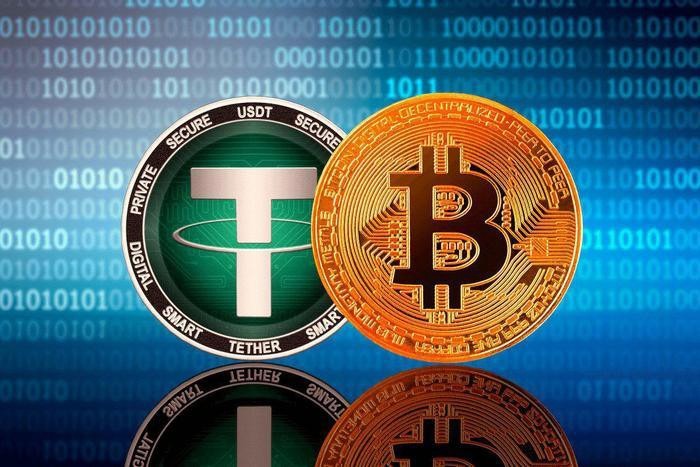Where does the money that banks lend come from?

Have you ever wondered where the money banks lend to people and businesses comes from? How do they manage to have so much money available to finance houses, cars, projects and dreams? Do they simply print more money or buy it from the government?
In this article, we are going to explain a little about the origin and functioning of the money that banks lend.
What are banks?
Banks are financial institutions that intermediate operations between those who have money and those who need money. They offer services such as deposits, withdrawals, transfers, payments, receipts, investments, and loans.
Banks are regulated by the Central Bank, which is the body responsible for controlling the country’s money supply, interest rates, and banking system.
Where does the bank money come from?

Banks get money from several sources, but the main ones are:
Customers’ deposits
When you deposit your money into a bank account, you are lending that money to the bank.
He can use this money to lend to other people or companies, charging interest. In exchange, he pays you a remuneration (which can be an interest rate or a service package) and guarantees you the safety and liquidity of your money.
Government bonds
Public securities are contracts issued by the National Treasury through which investors – from individuals to companies and even other governments – lend money to the government for a specified period of time.
At maturity, they receive the money they borrowed with interest. Banks buy these bonds as a way to invest their money as well as create new money.
Like this? When the central bank wants to increase the money supply in the economy, it buys government bonds from banks and pays with money that it creates. This process is called monetary easing;
Interbank loans
Banks can also borrow money from each other through the interbank market. This market works as a resource exchange network between banks, which negotiate interest rates and terms.
The objective is to balance each bank’s cash needs and ensure the system’s liquidity.

Banks pay back the money they borrowed through their revenues and profits. The main sources of income for banks are:
The interest on the loans
When the bank lends money to someone, it charges an interest rate for the use of that money. This rate is higher than the rate he pays to obtain this money, whether from customer deposits, government bonds or interbank loans.
This difference is called bank spread and represents the bank’s gain from financial intermediation.
When the bank provides a service to someone, it charges a fee or a commission for using that service. For example, when you make a withdrawal, transfer, payment or investment through the bank, you pay a fee for it. These fees represent another source of revenue for the bank.
Profits of state-owned enterprises
Some banks are public, that is, they belong to the government. In that case, they can receive part of the profits of state-owned companies, such as Petrobras or Eletrobras. These profits represent a source of income for the bank and also for the government, which is the majority shareholder in these companies.
What if the bank doesn’t have enough money to lend?

Banks need to maintain a minimum reserve of cash in cash to meet the demands of their customers and also the requirements of the Central Bank.
This reserve is called compulsory deposit and serves to guarantee the solvency and stability of the banking system. If the bank does not have enough money to lend, it can turn to other sources, such as:
- The rediscount: the rediscount is an operation whereby the bank borrows money from the Central Bank, paying an interest rate. This operation is used as an emergency help for banks that are experiencing liquidity problems;
- External funding: external funding is an operation whereby the bank obtains money from international sources, such as foreign banks, multilateral organizations or external investors. This operation is used as a way to diversify funding sources and take advantage of global market opportunities;
- Issuance of securities: the issuance of securities is an operation whereby the bank sells securities in the financial market, such as debentures, financial bills or bank deposit certificates. This operation is used as a way to raise long-term funds and expand the investor base.
Conclusion
In this article, you learned a bit about where the money banks lend comes from. You saw that banks get money mainly from customer deposits, government bonds, and interbank loans.
You have also seen that the banks return this money through their revenues and profits, which come mainly from interest on loans, fees and commissions, and profits from state-owned enterprises.
Finally, you saw that banks can turn to other sources of money if they don’t have enough resources to lend, such as rediscounts, external funding, and issuing bonds.
We hope this article has been helpful and enlightening for you. If you liked it, share it with your friends and read other articles below.




